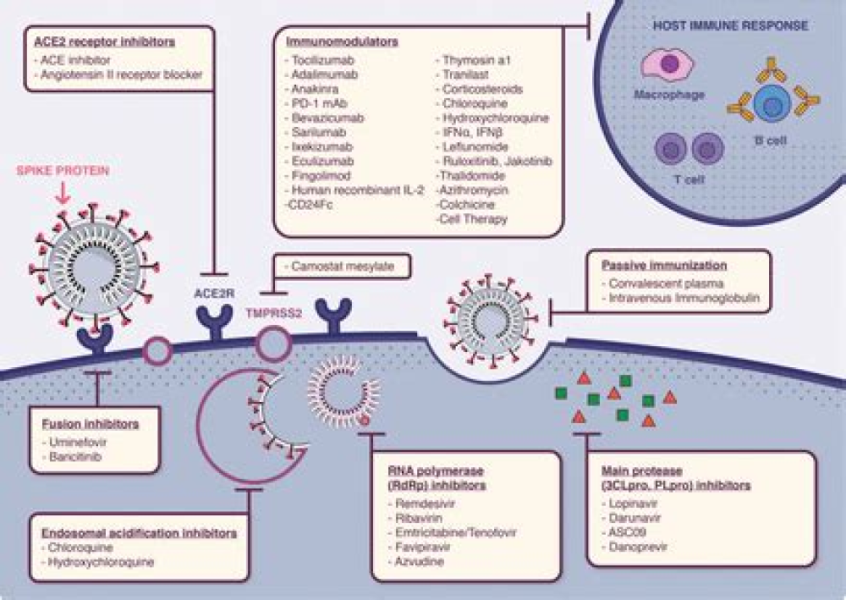Authors: Larissa E van Eijk, 1 , † Mathijs Binkhorst, 2 , † Arno R Bourgonje, 3 , ‡ Annette K Offringa, 4 , ‡ Douwe J Mulder, 5 Eelke M Bos, 6 Nikola Kolundzic, 7 , 8 Amaal E Abdulle, 5 Peter HJ van der Voort, 9 Marcel GM Olde Rikkert, 10 Johannes G van der Hoeven, 11 Wilfred FA den Dunnen, 1 Jan‐Luuk Hillebrands, 1 , § and Harry van Goor 1 , §
Coronavirus disease 2019 (COVID‐19), caused by severe acute respiratory syndrome coronavirus 2 (SARS‐CoV‐2), continues to spread globally despite the worldwide implementation of preventive measures to combat the disease. Although most COVID‐19 cases are characterized by a mild, self‐limiting disease course, a considerable subset of patients develop a more severe condition, varying from pneumonia and acute respiratory distress syndrome (ARDS) to multi‐organ failure (MOF). Progression of COVID‐19 is thought to occur as a result of a complex interplay between multiple pathophysiological mechanisms, all of which may orchestrate SARS‐CoV‐2 infection and contribute to organ‐specific tissue damage. In this respect, dissecting currently available knowledge of COVID‐19 immunopathogenesis is crucially important, not only to improve our understanding of its pathophysiology but also to fuel the rationale of both novel and repurposed treatment modalities. Various immune‐mediated pathways during SARS‐CoV‐2 infection are relevant in this context, which relate to innate immunity, adaptive immunity, and autoimmunity. Pathological findings in tissue specimens of patients with COVID‐19 provide valuable information with regard to our understanding of pathophysiology as well as the development of evidence‐based treatment regimens. This review provides an updated overview of the main pathological changes observed in COVID‐19 within the most commonly affected organ systems, with special emphasis on immunopathology. Current management strategies for COVID‐19 include supportive care and the use of repurposed or symptomatic drugs, such as dexamethasone, Remdisivir, and anticoagulants. Ultimately, prevention is key to combat COVID‐19, and this requires appropriate measures to attenuate its spread and, above all, the development and implementation of effective vaccines. © 2021 The Authors. The Journal of Pathology published by John Wiley & Sons, Ltd. on behalf of The Pathological Society of Great Britain and Ireland.
For More Information: https://www.ncbi.nlm.nih.gov/pmc/articles/PMC8013908/
